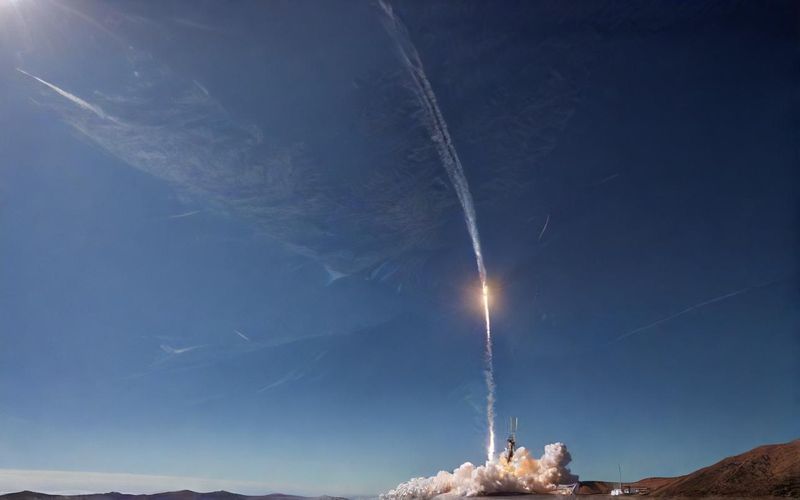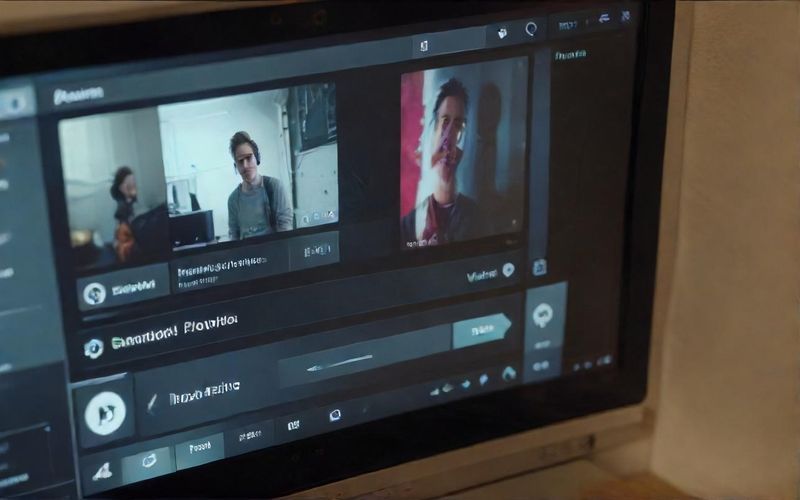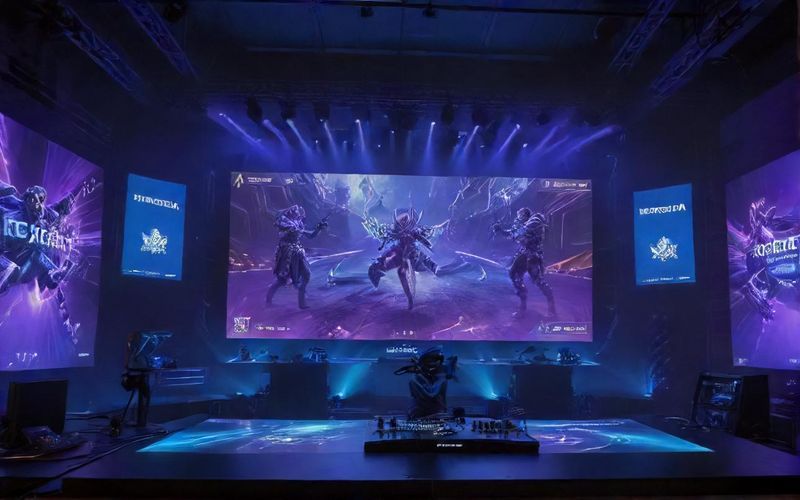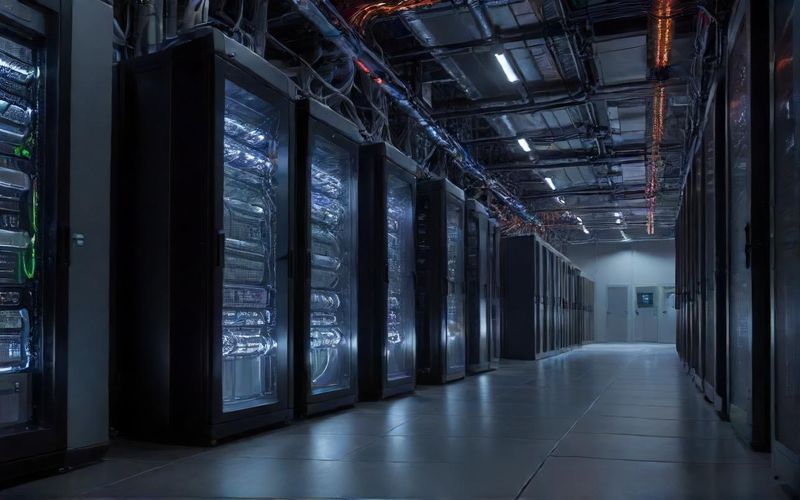Tech's Nuclear Gamble: Lessons from Chernobyl?
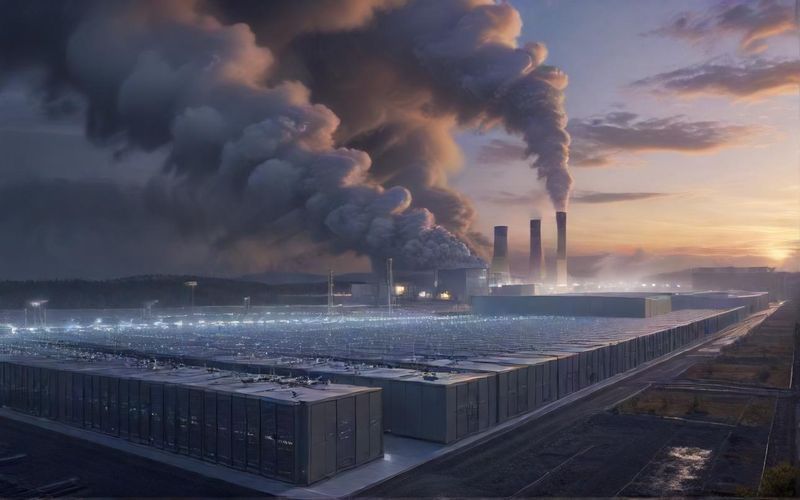
This ever-growing appetite for energy has led us back to a familiar, and for many, unsettling, source: nuclear power. Tech giants, eager to meet their climate goals and the insatiable demand of their data centers, are striking deals to purchase nuclear energy. Microsoft, for instance, is looking to buy electricity from the site of the infamous Three Mile Island disaster, and Meta has also inked a long-term nuclear power agreement. It’s a pragmatic move, certainly, offering reliable, carbon-free electricity that renewables can't always guarantee.
Yet, the shadow of Chernobyl looms large. The sheer scale of contamination from that 1986 accident is staggering – an exclusion zone larger than many countries, a stark reminder of nuclear power's potential for catastrophic failure. Now, with a push towards smaller, so-called "safer" modular reactors (SMRs), there's a concerning trend of relaxed regulations. Experts like Bordoloi raise serious questions about whether these newer designs, often based on unproven technology and potentially deployed near populated areas, truly mitigate the risks or simply introduce new ones. We have to wonder if cutting corners on safety, even with advanced designs, is a gamble worth taking.
This brings to mind recent incidents, like the arrest of YouTubers in Japan for trespassing in the Fukushima nuclear exclusion zone. While their actions were misguided and their embassy issued a sincere apology, it highlights how places once rendered uninhabitable by nuclear disaster still hold a certain morbid fascination, a testament to their profound impact. It's a delicate balance we're walking, embracing the power that fuels our modern world while needing to remain acutely aware of the lessons from past catastrophes. Are we truly learning from history, or are we destined to repeat it in our relentless pursuit of progress?
